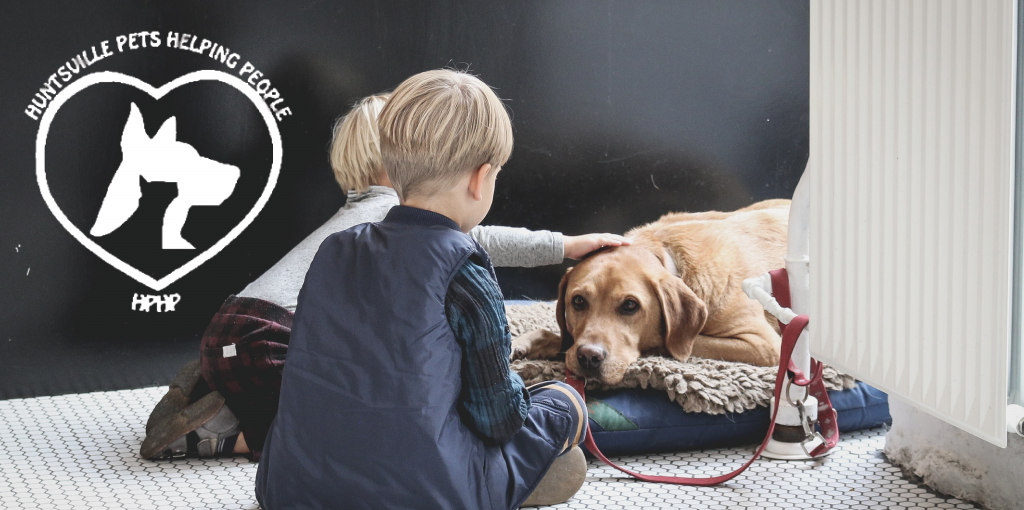Click Your Way Thru Training
People want their pets to have some degree of manners. People do not want to be jumped up on when the dog greets them. They want to avoid getting our clothes dirty or damaged or being injured when knocked off their feet. When people take their dogs walking, they do not want to be dragged down the street or laughed at by the neighbors who observe the unruly pair. Therefore, dogs need some basic manners training which in the past was referred to as obedience training.
A clicker is an excellent tool to use when teaching manners to the family pet. What is a clicker? It is a small device that makes an audible click sound when a button is pressed. It is designed to be used in training animals. The majority of clickers are made of plastic and cost under $8.00.
A clicker may be attached to a wrist strap, worn on a lanyard around the neck, or used with a tiny strap that goes around a finger. I prefer a clicker with a finger strap for a couple of reasons. The finger strap clicker cannot be accidentally dropped or fumbled as is possible with the wrist strap or lanyard versions. In addition, I can hold the finger strap clicker and still have use of my hand for other tasks such as dispensing treats or holding the leash. The important point in using a clicker is that the clicker needs to be readily available during training sessions to produce beneficial results.
Now that we know what a clicker is, it is time to learn when to use it. A clicker is used to mark or reinforce a desired behavior. Therefore, it is essential to click during or immediately after the desired behavior is produced. So for a sit behavior, click just as the dog’s rear end touches the floor. If the click sound is delayed, the dog may mistakenly associate the sound with some other action such as standing up or walking away rather than the desired sit. Then, quickly follow up with a treat to reinforce the behavior-sound-reward association.
I will admit that the first time or two that I used a clicker for training, I felt like I needed a third hand since I was already holding the leash in one hand and managing treats with the other hand. I wondered how I would be able to use a clicker in a timely manner and still take care of the other tasks. I purchased a finger strap clicker. Besides not being able to drop or misplace it, I discovered that I can store several treats between my palm and the back of the clicker. One hand could do double duty thereby leaving my other hand for leash management. After that, it took just a little bit of practice to perfect the timing of the observe behavior-click process. While I favor a finger strap clicker, I know many individual who successfully utilize wrist strap clickers. So everyone should use whichever clicker version works best for them.
Before you start using the clicker for training sessions, it is important to introduce the pet to the clicker. Let him or her sniff the clicker. After a few moments, press the button to produce a click sound and see how the pet reacts. Most animals will not mind the sound while a few individuals may be startled by it. If the dog or cat is sound sensitive, it may be necessary to use a clicker that has a volume control. I had to use a clicker set on the lowest volume when working with my Corgi, whereas the other dogs were not concerned with the sound at all. If an adjustable volume clicker cannot be procured, cover a regular clicker with a sock to muffle the sound.
The next step is to get eight to ten tiny treats. The treats should be about the size of a green pea. The idea is to give the pet a reward but not have to stop training for them to chew it. Click the clicker. Once the pet notices the sound, immediately give them a treat. As the pet notices the clicker sound, they should begin to make eye contact with the person operating the clicker. Wait a few moments and repeat the process while passing out the remaining treats. It should not take long before the pet associates the click sound with a delicious reward coming their way. If the pet is not food motivated, a favorite toy and a couple of minutes of play can be used as a reward. Use caution when utilizing a toy reward when other dogs are present. The toy may be disruptive to the other dogs.
Once the sound-reward association is made, clicker training can begin. As with any animal training, consistency and practice are the key to making progress. Start training in a calm, low distraction area and later add more distractions (sounds, smells, movements by others). At this point a person can continue manners training using a clicker on their own or they can join a manners training class that uses clickers.
